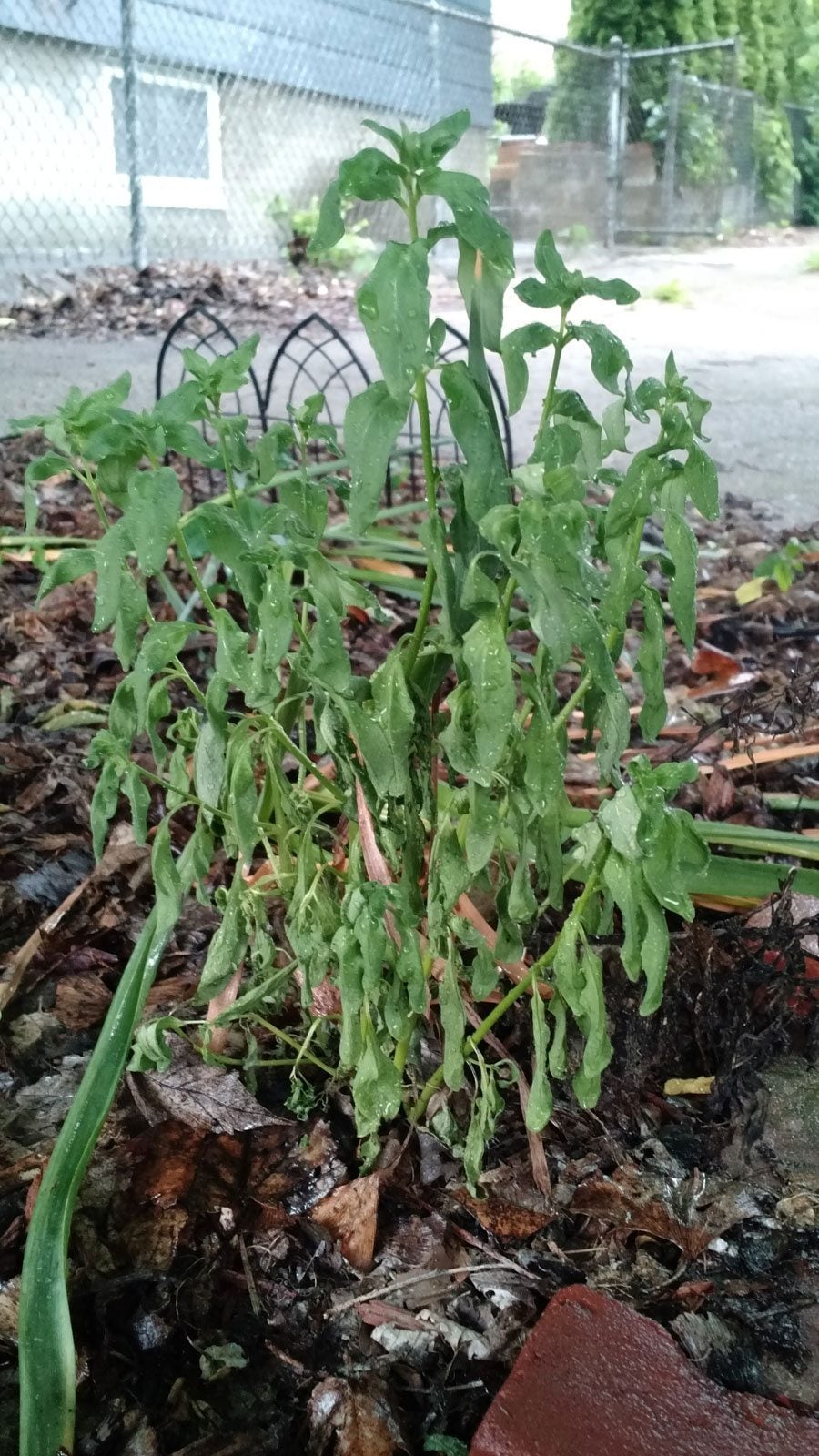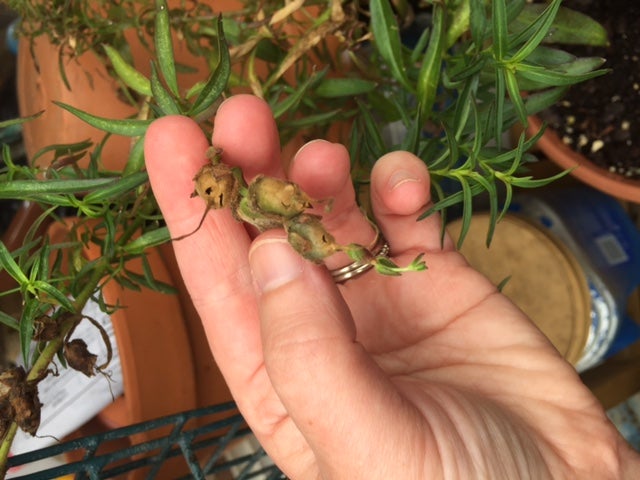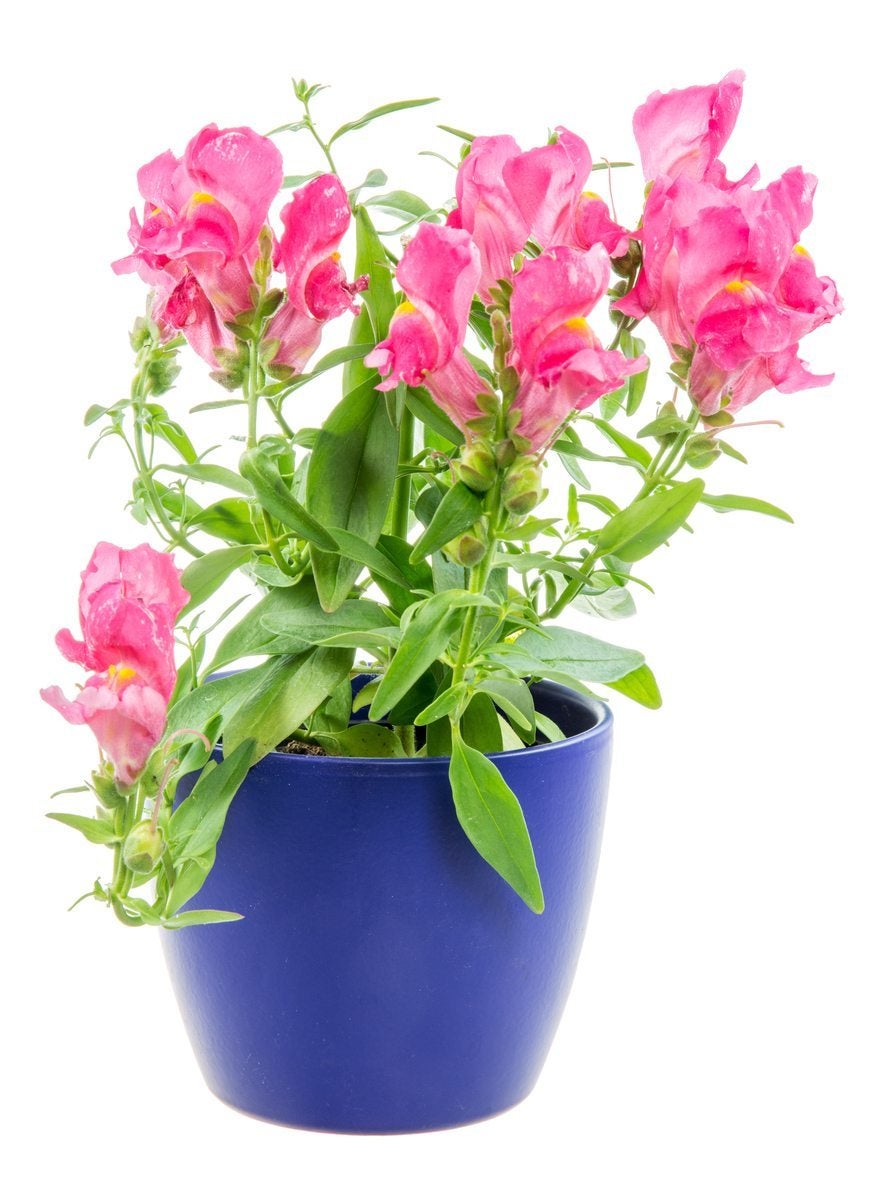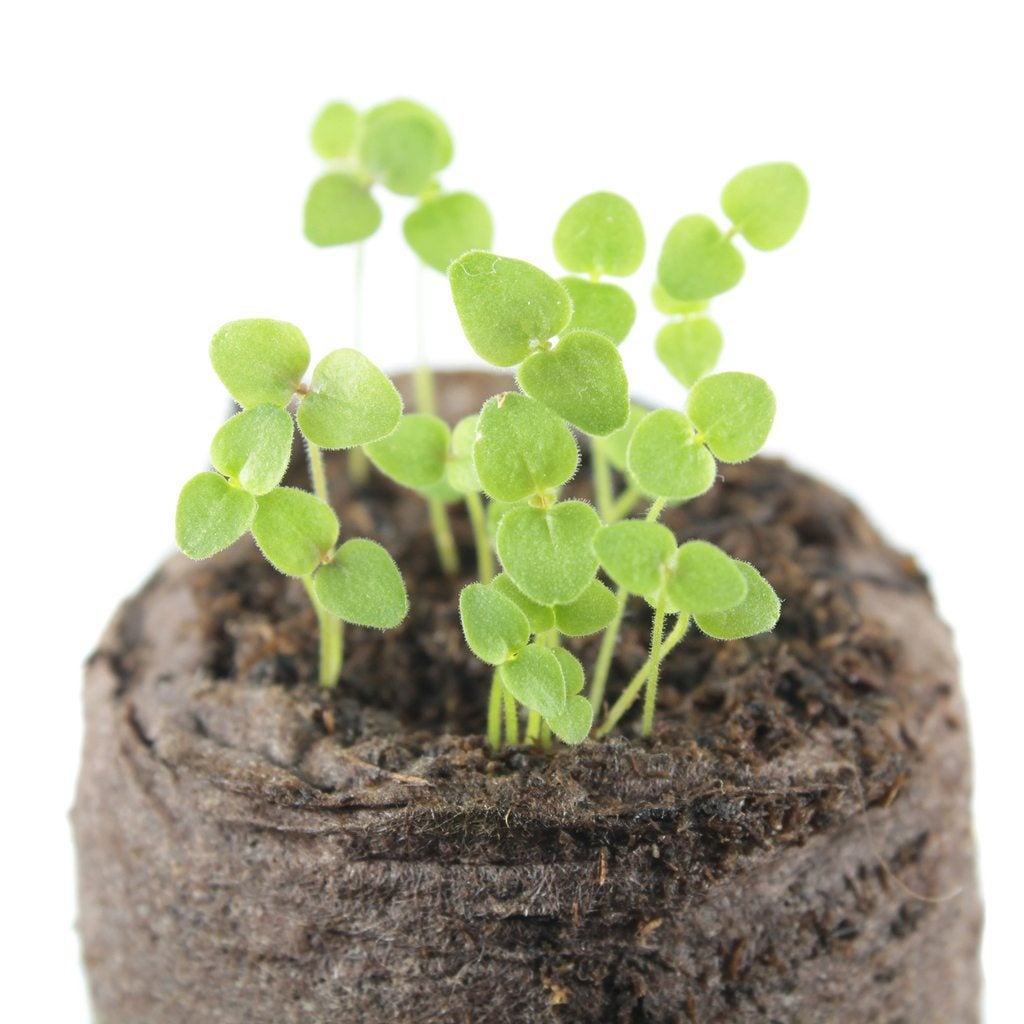Fixing Issues With Snapdragons – How To Deal With Snapdragon Problems


Stiff sprays of snapdragons are a welcome sight in borders and rock gardens across the globe, but even the best laid garden plans sometimes go awry. What do you do when you have problems with snapdragon plants? In this article, we’ll discuss common issues with snapdragons, including snapdragon diseases and pests. Read on to get started with your snapdragon health education.
Common Snapdragon Problems
Although beautiful and intricate, snapdragons can be afflicted with a number of problems. From fungus to mildew, viruses to pest bugs, snapdragon problems can be plentiful. This is why it’s so important to know what to watch for, in case your plants were to take a turn. Early warning signs can help you diagnose an issue before it becomes a serious problem. These are just a few of the most common offenders when it comes to snapdragon pests and diseases: Viruses. Plant viruses affect a wide range of hosts and cannot be cured. Generally, they’re spread by insect pests, often moving from a weed plant to an ornamental during the course of feeding. Keeping weeds down will help to prevent viral contamination, as well as destroying any infected plants as soon as they show signs. Leaf spots, rust, and powdery mildew. These molds are unrelated but can be treated in much the same way. Although some are more permanently damaging than others, they’re all made possible by a canopy that’s too closed, allowing for high localized humidity. Increase the spacing between your plants or move them into a sunnier location so that water doesn’t stand on their leaves for long. If these infections are bad, a mild fungicide like neem oil can be applied. Anthracnose and blight. These may be the most serious diseases of snapdragon, and boy are they ever. Both will eventually result in stem girdling and there’s very little that can be done to stop them once they’re entrenched. Spraying with copper-based fungicides may slow or stop early disease spread, but you should remove and destroy any infected plant material. Sap-sucking insects. A wide range of sap-sucking insects love snapdragons. Aphids, mites, mealybugs, and whiteflies are common sights in stands of snapdragons. These pests can cause disfigured leaves and flowers if they feed on buds; otherwise, you may notice stippling on leaves or a general lack of vigor as populations rise. Turning leaves over will quickly reveal the culprit, which can be dispensed with regular blasts from a garden hose or sprays of insecticidal soap.
Gardening tips, videos, info and more delivered right to your inbox!
Sign up for the Gardening Know How newsletter today and receive a free copy of our e-book "How to Grow Delicious Tomatoes".

Kristi Waterworth was a regular contributor to Gardening Know How for many years, answering countless queries on plant pests and diseases.
-
 Types Of Tomatoes Explained: Explore The Many Wonderful Shapes, Colors, Flavors, & Best Uses
Types Of Tomatoes Explained: Explore The Many Wonderful Shapes, Colors, Flavors, & Best UsesThe world of tomato varieties is vast and fascinating. Learn about the key types to grow in your garden, tailored to your preferences and space.
By Amy Grant
-
 Try The Trend – Turn Any Bed Into A Keyhole Garden With This Clever In-Ground Composter
Try The Trend – Turn Any Bed Into A Keyhole Garden With This Clever In-Ground ComposterKeyhole gardening is an efficient and sustainable practice that saves space. Get started on this DIY project quickly and easily with an in-ground composter.
By Bonnie L. Grant
-
 When And How To Harvest Snapdragon Seeds For Years Of Blooms
When And How To Harvest Snapdragon Seeds For Years Of BloomsLearn how to harvest snapdragon seeds to replenish those frilly, familiar garden flowers for everything from weddings to beautiful bouquets on your table.
By Mary Ellen Ellis
-
 Why Do Snapdragons Wilt: Learn What Causes Wilting Snapdragons
Why Do Snapdragons Wilt: Learn What Causes Wilting SnapdragonsWhat can you do when your beautiful snapdragons start to hang their heads in despair? Start by reading this article, then get to work in the garden! Click here for information on why snapdragons plants wilt so you can begin fixing the problem.
By Kristi Waterworth
-
 Propagating Snapdragons – Learn How To Propagate A Snapdragon Plant
Propagating Snapdragons – Learn How To Propagate A Snapdragon PlantSnapdragons are beautiful tender perennial plants that put up spikes of colorful flowers in all sorts of colors. But how do you grow more snapdragons? Click this article to learn more about snapdragon propagation methods and how to propagate a snapdragon plant.
By Liz Baessler
-
 Are Snapdragons Edible – Information About Snapdragon Edibility And Uses
Are Snapdragons Edible – Information About Snapdragon Edibility And UsesEdible flowers are not a new trend. You are probably aware of some of the more common edible flowers, but how about snapdragon edibility? It's one of the more common garden flowers, but can you eat snapdragons? Find out in this article.
By Amy Grant
-
 Snapdragon Variations: Growing Different Kinds Of Snapdragons
Snapdragon Variations: Growing Different Kinds Of SnapdragonsSnapdragons are beautiful and fascinating flowers. But which kind should you plant? Click to learn about snapdragon varieties.
By Ilana Goldowitz Jimenez
-
 Growing Snapdragons In Pots – Tips For Snapdragon Container Care
Growing Snapdragons In Pots – Tips For Snapdragon Container CareSnapdragons are perennials, often grown as annuals, and produce a pretty and brightly-colored spike of flowers. While often used in beds, container grown snapdragons are another great garden, patio, and even indoor option. Learn more in this article.
By Mary Ellen Ellis
-
 Annual Vs. Perennial Snapdragon Plants: How Long Do Snapdragons Live
Annual Vs. Perennial Snapdragon Plants: How Long Do Snapdragons LiveThe most common question about snapdragons is: are snapdragons annual or perennial? The answer is that they can be both. You can learn more about how long snapdragons live by clicking this article for additional information.
By Darcy Larum
-
 Seed Grown Snapdragons – How To Grow Snapdragons From Seed
Seed Grown Snapdragons – How To Grow Snapdragons From SeedOnce established, snapdragons are remarkably self-sufficient, but planting snapdragon seeds can be tricky. Want to try your hand at seed-grown snapdragons? Click on the following article to learn the basics of snapdragon seed propagation.
By Mary H. Dyer